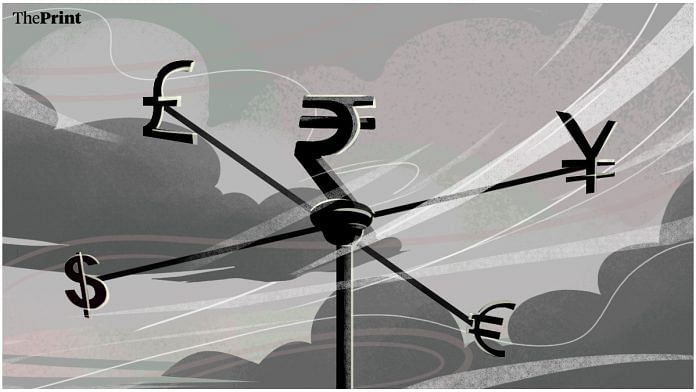India’s economic reforms, 1991 and after, were an investment in freer markets, domestic as well as global. The reforms were influenced by the ideas of the Reagan-Thatcher era on a reduced governmental role in the economy. The domestic initialisation for this was LPG: Liberalisation, privatisation, globalisation.
Though implemented in stages and only partially, the belief was that greater market orientation would work to India’s benefit. And it did, delivering faster economic growth, lower inflation, a better trade balance, and external economic viability.
But disenchantment has grown because of the failure to boost manufacturing, creating a scarcity of quality jobs and an increase in inequality. In addition, there has developed a vulnerability to China on systemically important products and materials, in parallel with the need to go green (solar energy, electric vehicles et al).
The response is a more restrictive approach to trade (tariff hikes, new non-tariff barriers, restrictions on Chinese products) and the re-birth of government-directed industrial investment.
This last involves the full gamut of policy tools: Investment subsidies, production incentives, tariff protection, and favoured business houses. It’s not a 180-degree reversal of 1991 (especially since those reforms were never complete), but a change of direction. The government gets a bigger, not smaller, role.
Importantly, this tacks with the new wind blowing from the West. The hollowing out of manufacturing in the US and elsewhere has delivered similar outcomes: Loss of quality jobs, growing inequality, and vulnerability to China. Politics has therefore gone populist, and economics nationalist.
The former champion of free trade has led the way under Presidents Trump (“America first”) and Biden to new-old policies that have re-written trade agreements, laid out massive investment incentives, and sought to localise strategic industries.
Simultaneously, import barriers have gone up against Chinese goods, alongside bans on the transfer of strategic technologies to China.
In response, leading companies from Europe and East Asia started a bee-line to the US, where investment in manufacturing has doubled in two years. Countries in those regions protested — and now have copied the US with investment subsidies and restrictions on China.
Beijing has responded with a warning shot across the bow: Export bans on gallium and germanium, used in the electronic, electric vehicle and telecom product sectors. (Did you know that India is the third-largest importer of these materials?) But the Chinese have also donned the garb of free-traders, pleading for open market access because it has export surpluses in almost everything the world needs in critical areas, including electric vehicles.
Also read: With China’s economy in a slumber, US’s position as world #1 seems safe for now
The sums that governments are dishing out to avoid buying from China are large. The subsidy per electric vehicle in the US and Europe is about $7,500. Intel has got a $10 billion incentive from Germany to set up a chip plant. Companies like General Electric, which had de-emphasised manufacturing, are getting back into the game. Investment in new manufacturing facilities in key sectors is expected to run into hundreds of billions of dollars.
Will such policies end well? For one thing, over-capacity looms over the horizon, and therefore possibly trade wars. How will that work in fragmented, subsidised, protected markets? Or will the tariff hikes make products more expensive, and add to inflation?
Though the foolhardy talk of de-coupling from China has given way to a re-statement of the objective as de-risking and diversification, the risks still are of tit-for-tat action and beggar-thy-neighbour subsidies — and therefore still more government debt. So the West wind may not prevail over the East wind (to use Mao’s imagery); instead, it could presage a storm.
India is splashing about in the same policy waters as the others, but has struggled to get beyond the shallows. That may be just as well, one could argue, since diversification and de-risking of supply (that too in excess) may be delivered by other countries.
Such a denouement could leave New Delhi free to pursue employment rather than import substitution as the primary goal of a manufacturing thrust — and end up possibly achieving both (as with mobile phone assembly). But India has been well and truly bitten by the big-country bug, and is committed once more to import substitution-on-crutches.
By special arrangement with Business Standard.






